Sustainability
THE ART OF SUSTAINABLE GEMS
For over half a century, Paspaley has been working in harmony with nature, protecting and preserving the remote waters of the Kimberley – home of the most beautiful pearls in the world.
Paspaley is dedicated to environmental responsibility and sustainability. These have become fashionable concepts in recent years but they have been critical to good pearl producers for decades.
A pristine environment is essential to the production of fine-quality pearls and Paspaley has long been an advocate for the protection of the seas of northern Australia.
In a world first, Paspaley’s sustainability credentials have been certified by the Marine Stewardship Council (MSC) – an independent, non-profit, science-based organisation that assesses the environmental sustainability of the wild marine industry. This benchmark is recognised as the gold standard in independent certification of sustainable use of wild marine fisheries.

Working Hand In Glove With Nature
Operating the world’s last significant pearl diving operation, Paspaley works hand in glove with nature, using a mix of science and careful marine stewardship to produce the most beautiful pearls in the world.
Our water-based farming operation ensures that we attend to the oyster in its natural habitat.
The Australian government strictly regulates the Australian fishery industry. The annual quota varies according to natural recruitment levels and is set to ensure a sustainable harvest level. Catches are further controlled by size limits and zones. With these regulations in place, pearl beds are healthier than they have been for more than a century. That includes the oldest pearl beds at Eighty Mile Beach in Western Australia, recognised as the world’s most important source of Pinctada maxima.
Paspaley farms generate 0.1% of global pearl production by weight but generate more than 20% of the value, indicating just how significant the Paspaley water-based farms are to the pearl industry.
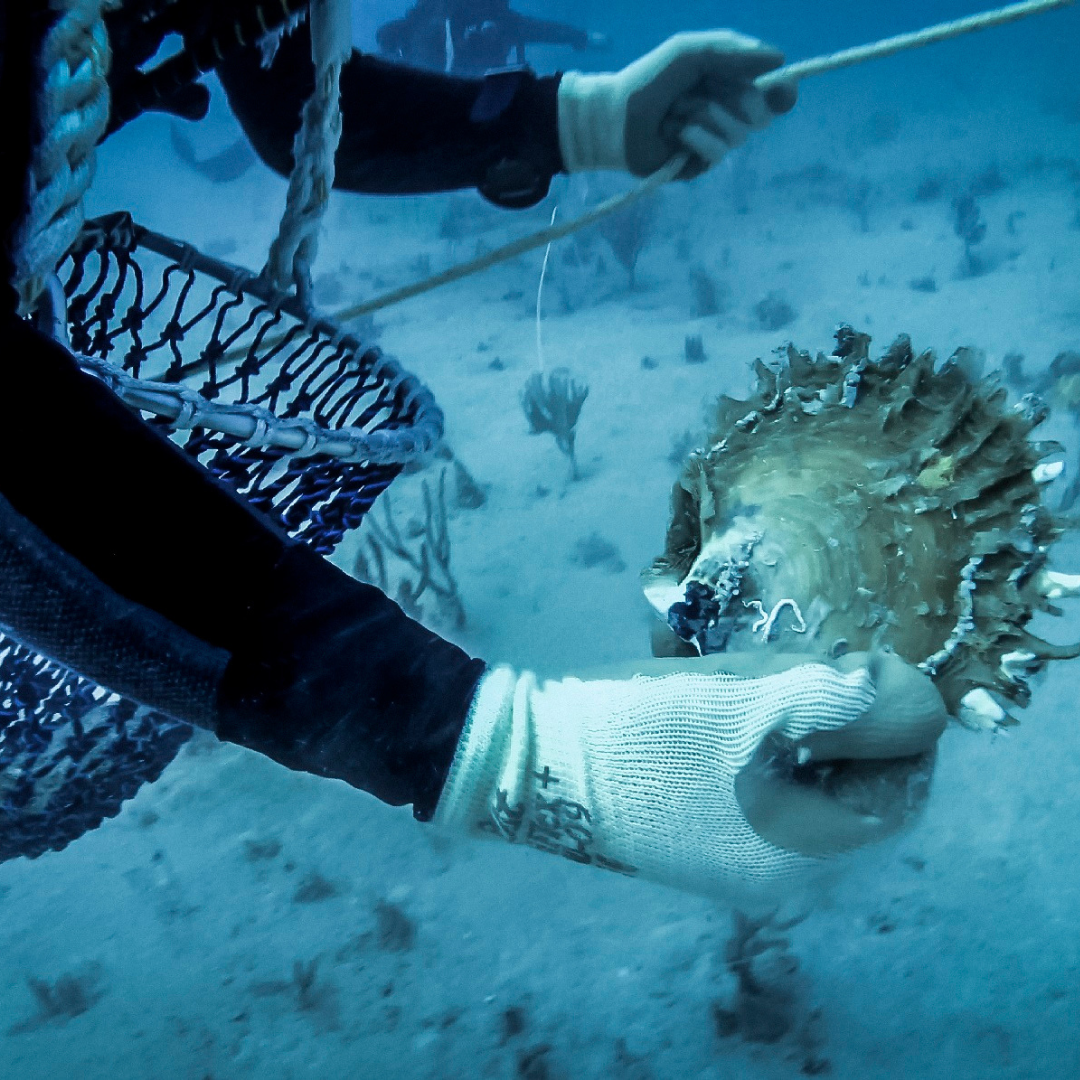
Cultivating The Rarest And Most Valuable Pearls In The World
Australian South Sea pearls are cultured through a respectful partnership with nature. The industry operates under the Pearling Code of Practice, which ensures minimal disruption to the natural environment.
Paspaley is in complete accord with the Code of Practice. We hand collect wild oysters from the bottom of the ocean, running the world’s oldest and most significant pearl diving operation, having minimal impact while ensuring the environment remains in pristine condition.
For the creation of the finest pearls in the world it is essential that their environment remains in pristine condition. Naturally beautiful pearls require the right tides, nutrients and space to thrive. That’s why, instead of intensive farming, our pearl beds are dotted along more than 2,000km of remote Kimberley coastline.
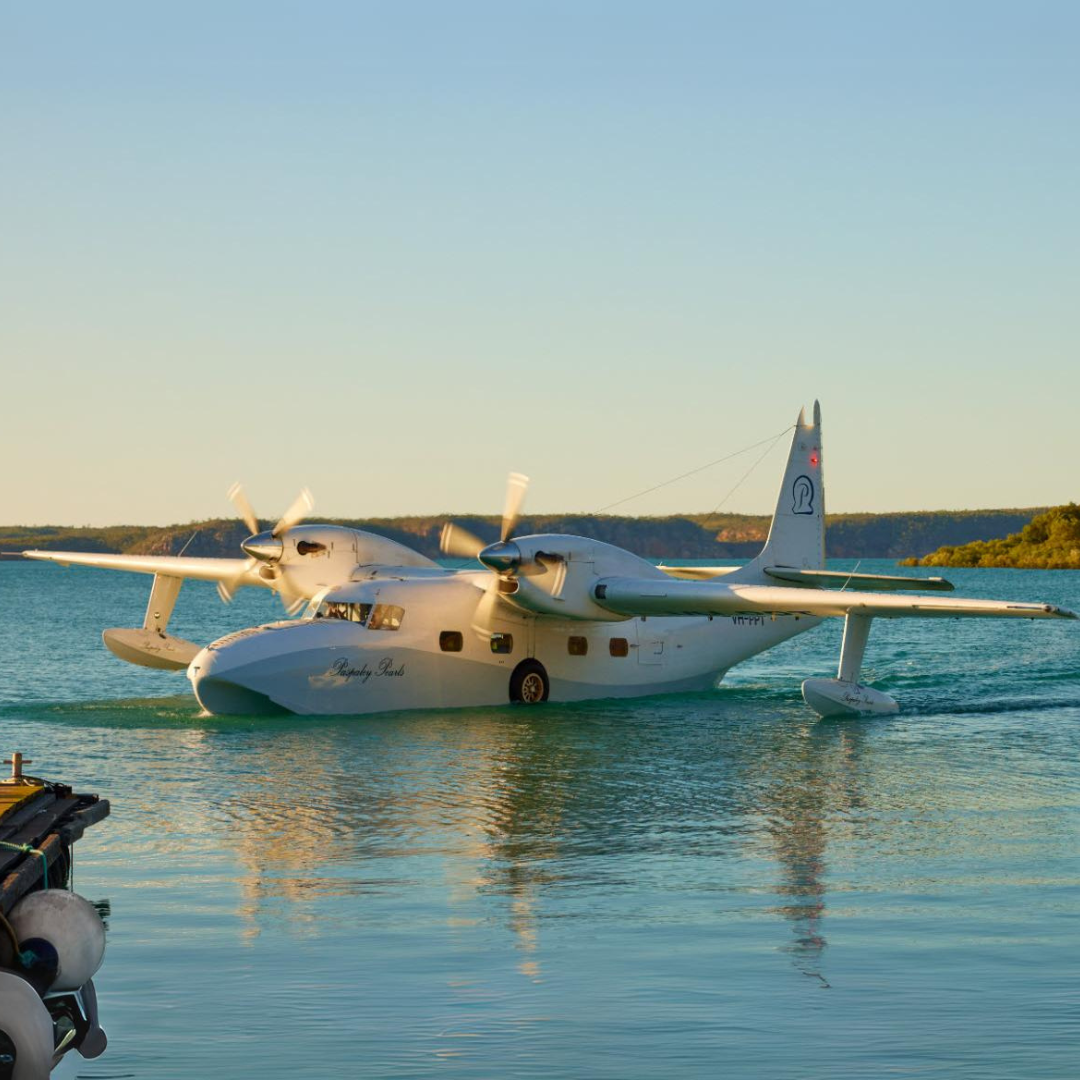
Earning MSC Certification
The Marine Stewardship Council (MSC) is an independent, non-profit, science-based organisation that assesses the environmental sustainability of wild marine industries. Paspaley Pearls, Mother-of Pearl and Pearl Meat have all received MSC certification.
MSC Certification relies on three areas of assessment; The Fishery, The Environment & The Management Framework or Governance.
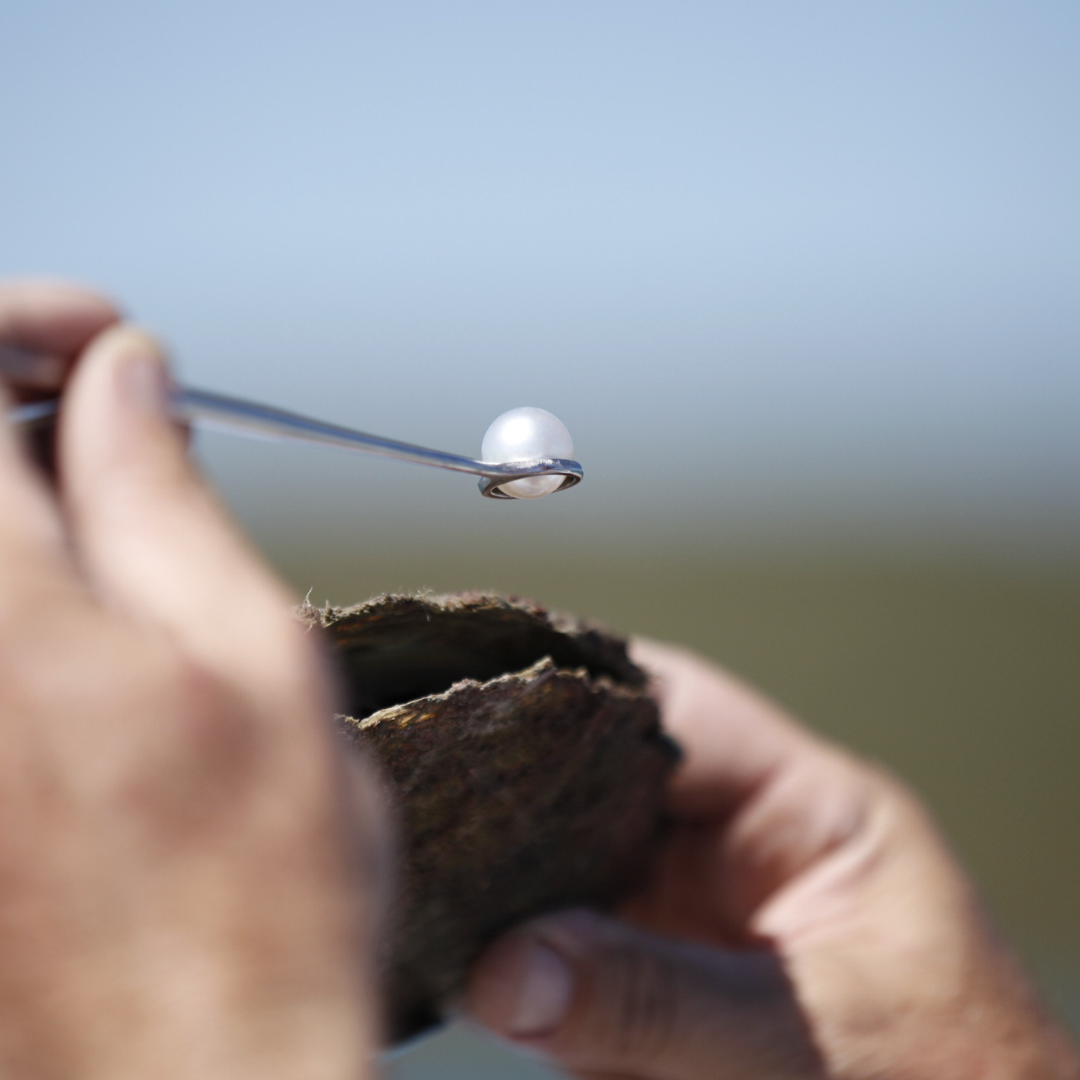
The Fishery
The Australian Government strictly regulates the pearling industry, limiting the number of wild oysters that can be collected to ensure the long-term sustainability of the industry. These measures have been in place for almost three decades. Every year, catch data is analysed from over 20,000 individual tests during the collecting season. The data is provided to the Department of Fisheries to assist in the development of accurate models.
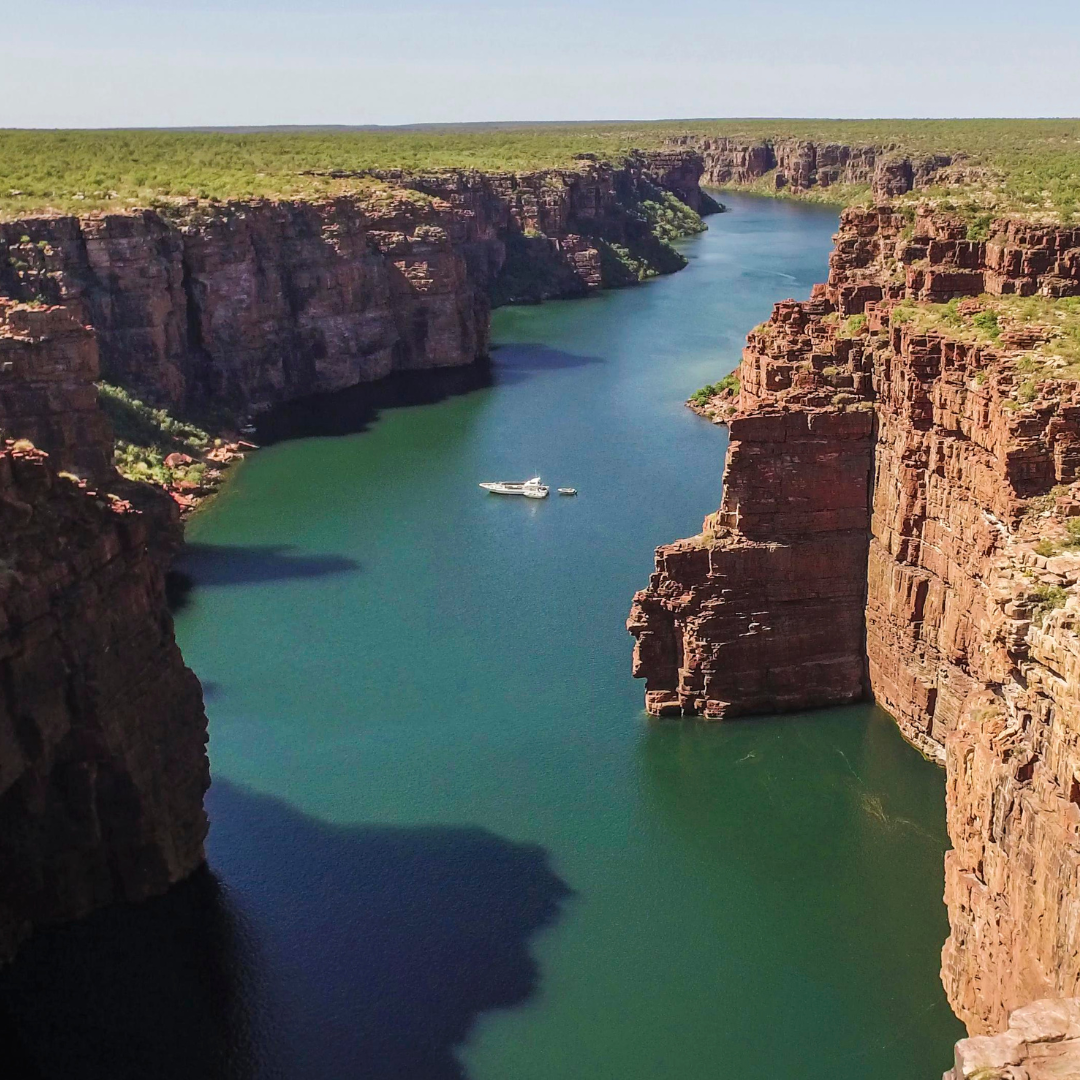
The Environment
It has been determined that the effect of Paspaley’s pearling operation on the environment is benign. Our divers operate above the substrate, not making contact with the seabed. This works to the divers’ advantage as contact with the bottom may cause turbidity reducing visibility and their ability to locate pearl oysters.
The limited harvest along with the highly selective method of collection ensures that there is no impact on endangered or protected species. There is no by-catch. This is one of the reasons Paspaley still collects every pearl by hand.
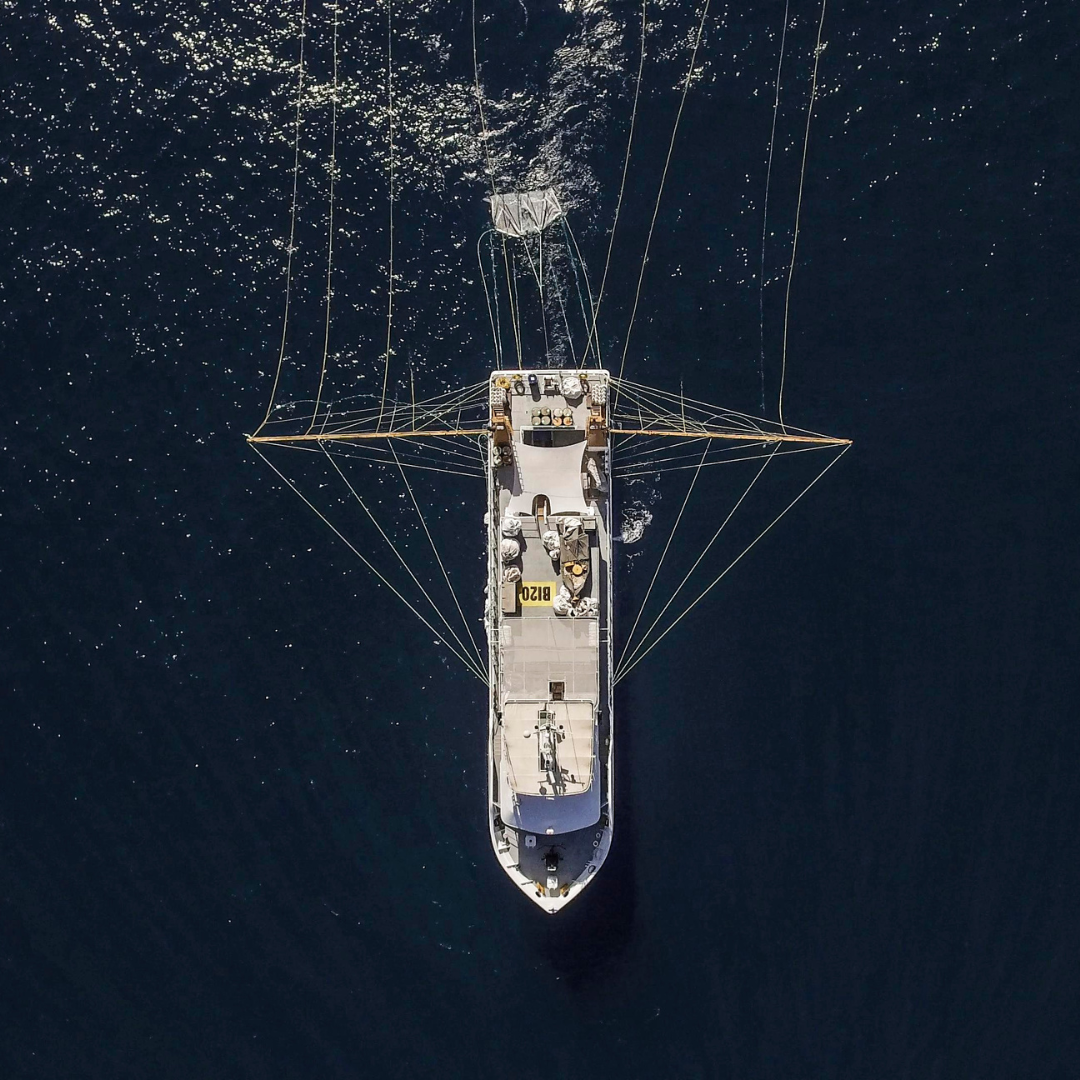
The Management Framework or Governance
Since the 1980s, fishery dependent data has been obtained through compulsory daily catch logbooks. Fishers are required to record the number of pearl oysters taken, location, total dive time and depth. The Department of Fisheries Western Australia (DFWA) continually analyses the catch rates throughout the year, and collates and assesses annual data.
Quotas are monitored through a combination of quota tags and a paper audit trail using catch, holding site, transport and seeding operations logbooks submitted by licensees to the DFWA. Officers may also accompany fishing boats to monitor catch and transport documentation and to ensure compliance within the Pearling Act and Regulations.
Several officers based in Broome and Karratha carry out the compliance program monitoring. Patrols verify compliance with tagging and associated logbook systems using diving inspections, aircraft, Department patrol vessels and industry boats.
For more than 30 years of monitoring, there has been no instance of adverse impacts to the environment through our pearl operations.
We are proud of our record, and remain committed to ongoing responsible marine stewardship, sustainable practices and the protection of the unique and magnificent Kimberley environment in which we conduct our business.
